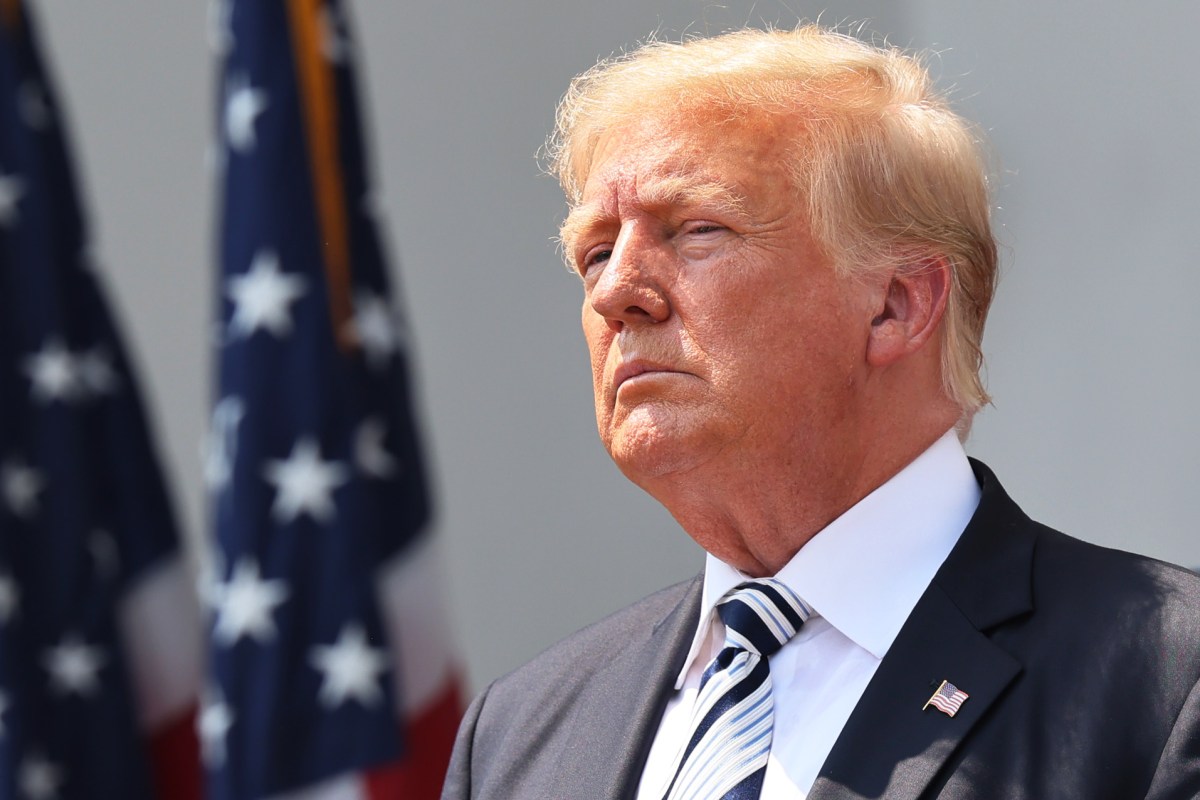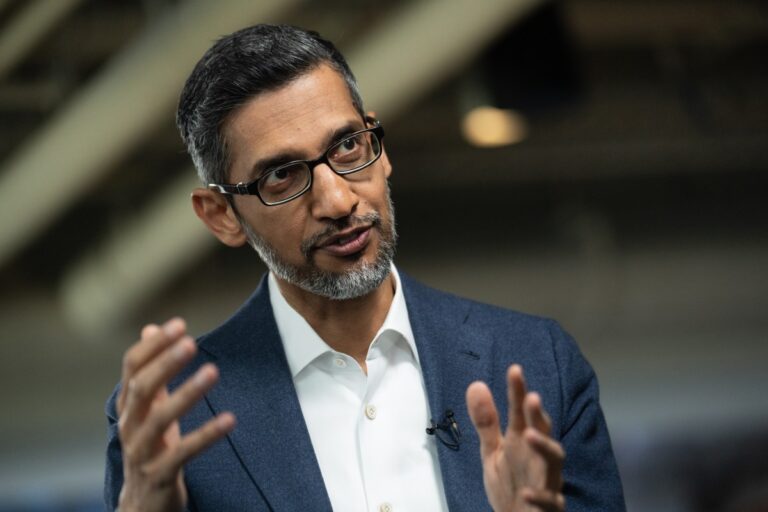Trump Reverses Biden’s AI Executive Order: What This Means for the Future of Artificial Intelligence
On his inaugural day in office, President Donald Trump made a significant policy shift by revoking a 2023 executive order established by former President Joe Biden. This order aimed to mitigate the potential risks associated with artificial intelligence (AI) for consumers, workers, and national security.
Overview of Biden’s Executive Order
President Biden’s executive order was a proactive measure that sought to ensure the safe development and deployment of AI technologies. Key components of this order included:
- Guidance from NIST: The order mandated the Commerce Department’s National Institute of Standards and Technology (NIST) to develop guidelines for companies. This guidance was intended to help identify and rectify flaws in AI models, particularly biases.
- Safety Test Disclosure: AI developers were required to share safety test results with the U.S. government before public release, aiming to enhance transparency and accountability in AI deployment.
Trump’s Critique and Policy Direction
Critics of Biden’s executive order, aligned with Trump’s administration, labeled the reporting requirements as overly burdensome. They argued that these obligations could compel companies to reveal sensitive trade secrets, potentially stifling innovation in the AI sector.
Trump’s Vision for AI Development
During his campaign, Trump advocated for policies that would promote AI development grounded in free speech and human flourishing. However, he has yet to provide detailed plans on how his administration will approach AI regulation and development.
Implications for the AI Industry
The revocation of Biden’s executive order raises questions about the future of AI governance in the United States. Industry stakeholders are keenly observing how this change will impact:
- Compliance Standards: Companies may no longer be required to adhere to strict reporting guidelines.
- Innovation Climate: The shift could foster a more flexible environment for AI development, potentially accelerating advancements in the field.
For more information on AI regulations and their implications, consider exploring resources from NIST and other credible organizations.







